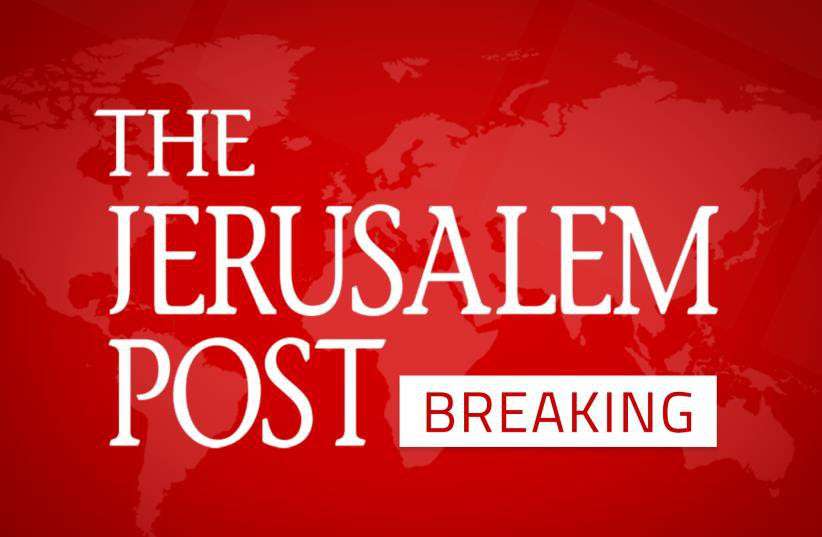At least 49 hotlines have been set up between the two Koreas since the 1970s, and Seoul sees them as a crucial tool to prevent misunderstandings from unexpected military developments, especially along their shared heavily fortified demilitarized zone (DMZ).
cnxps.cmd.push(function () { cnxps({ playerId: '36af7c51-0caf-4741-9824-2c941fc6c17b' }).render('4c4d856e0e6f4e3d808bbc1715e132f6'); });
The lines were also meant to arrange diplomatic meetings, coordinate air and sea traffic, facilitate humanitarian discussions, minimise impacts from natural disasters and cooperate on economic issues.
But the isolated North has often cut the channels in times of strained ties, especially when negotiations aimed at dismantling its nuclear and missile programmes collapsed.
South Korea had nonetheless kept trying to call every day at the same times, 9 a.m. and 4 p.m.
North Korea lashed out at Seoul, and days later, it blew up a joint liaison office launched in its border town of Kaesong in 2018.
That dealt a further blow to efforts to persuade Kim to abandon nuclear weapons, and Moon's hopes of building peace with the erratic neighbour.
Before then, the hotlines were last cut in 2016 amid North Korean ballistic missile and nuclear tests. During that period, South Korean officials sometimes used a bullhorn to shout messages across the Joint Security Area (JSA) in Panmunjom, the only spot along the DMZ where troops from both sides stand face to face.
When the lines were restored in 2018, liaison officials spoke mostly using desktop telephone consoles dating to the 1970s, each the size of a small refrigerator. They would usually exchange brief greetings or notices, and fax machines were used to send detailed messages and documents, Seoul officials said.
The system features a computer screen, disk drives and USB ports, as well as two colour-coded telephone handsets - a red phone to receive incoming calls from the North and a green one for outgoing calls. No other numbers can be called, as the phones only connect to each other's counterpart.
All of the systems involve similar equipment, though newer systems were installed in 2009, according to the South's Unification Ministry, which handles inter-Korean affairs and operates most of the hotlines.
The South Korean military has also released photos of its own small, olive-drab desktop phones labelled "two-sided inter-Korean hotline."
Little is known about the North's equipment.
North Korea severed the hotlines on June 9, 2020 , in the wake of a failed February 2019 summit between North Korean leader Kim Jong Un and former US President Donald Trump, which South Korean President Moon Jae-in had offered to mediate.

SoggyWindows on July 27th, 2021 at 03:50 UTC »
And the cycle continues. This isn't anything significant.
bust-the-shorts on July 27th, 2021 at 03:37 UTC »
I already seen this movie. They will break up again
cgmcnama on July 27th, 2021 at 03:12 UTC »
I mean...this probably doesn't mean much. It perpetual cycle of North Korea reaching out for sanction relief and when/if they get it, they shutdown communication, and then do it again.
The only upside here is North Korea is probably more desperate with mismanagement, storm damage and border shutdowns during the coronavirus pandemic. Maybe something binding can get done.